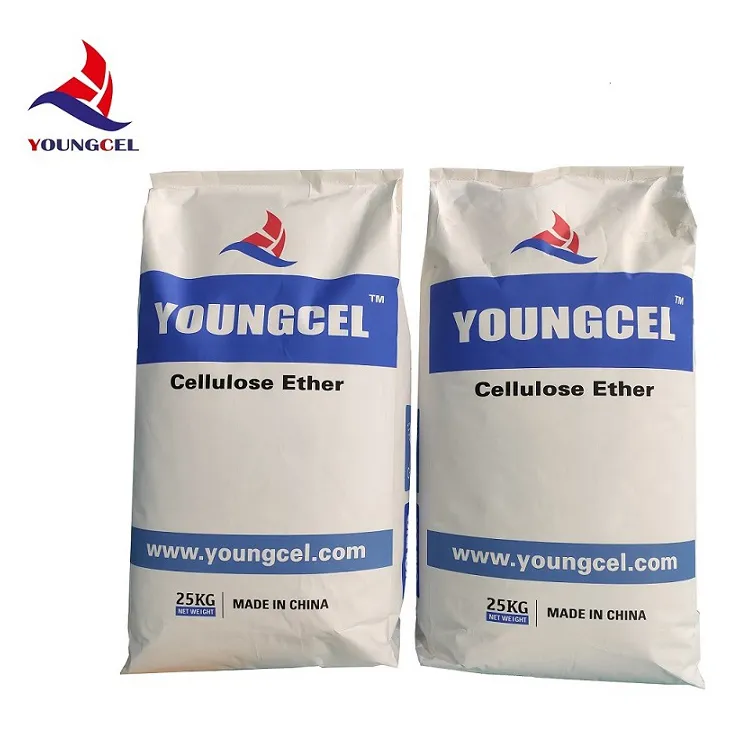The Versatility and Applications of Hydroxyethyl Methyl Cellulose (HEMC)
Hydroxyethyl Methyl Cellulose (HEMC) is a significant derivative of cellulose, a natural polymer derived from plant cell walls. Renowned for its unique properties, HEMC serves as an indispensable ingredient across various industries, including construction, pharmaceuticals, cosmetics, and food production. This article delves into the features, benefits, and diverse applications of HEMC, shedding light on why it has garnered attention from manufacturers and consumers alike.
What is HEMC?
HEMC is a modified cellulose ether, obtained through a chemical reaction between cellulose and alkylene oxides. This process introduces both hydroxyethyl and methyl groups into the cellulose structure, enhancing its solubility in water and broadening its functionality. The composition of HEMC typically varies, which allows manufacturers to tailor its properties for specific applications. Depending on the degree of substitution and average molecular weight, HEMC can exhibit a range of viscosities and solubility characteristics.
Properties of HEMC
The distinct properties of HEMC make it a versatile agent in various formulations. Firstly, it is a water-soluble polymer, which means it can easily disperse in aqueous solutions, making it ideal for products that require a homogeneous mixture. The viscosity of HEMC solutions is largely dependent on its concentration, allowing for fine-tuning in applications where thickening or stabilizing agents are required. Additionally, HEMC is non-ionic, which means it is not affected by the presence of electrolytes, making it suitable for a range of pH conditions.
HEMC's ability to form gels and retain water enhances its performance as a thickening agent or emulsifier. This characteristic is of paramount importance for industries that rely on the stable dispersion of solid particles in liquids. Moreover, HEMC exhibits film-forming capabilities, allowing it to provide barrier properties in coatings or to enhance the texture of various products.
Applications of HEMC
cellulose ether hemc

1. Construction Industry One of the primary applications of HEMC is in construction, particularly in cement-based materials. HEMC improves the workability of mortars and plasters, allowing for easier application and enhanced adhesion. It also aids in water retention, reducing shrinkage cracks and improving the longevity of construction materials.
2. Pharmaceuticals In the pharmaceutical sector, HEMC is used as a binder, coating agent, and stabilizer in tablets and capsules. Its gel-forming properties promote controlled drug release, providing a more effective therapeutic approach. HEMC is also utilized in the formulation of topical products, enhancing their texture and stability.
3. Cosmetics and Personal Care The cosmetic industry takes advantage of HEMC's thickening and emulsifying properties. It is commonly found in lotions, creams, and gels, where it helps to maintain product consistency and enhance application. Its non-toxic nature makes it suitable for sensitive skin products as well.
4. Food Industry HEMC is used as a food additive, functioning as a thickener, stabilizer, and texturizer in various food products. It improves the viscosity of sauces, dressings, and dairy products, helping to maintain their desired consistency.
Conclusion
Hydroxyethyl Methyl Cellulose (HEMC) exemplifies the capabilities of cellulose derivatives in enhancing product functionality across a wide array of industries. Its unique properties—such as water solubility, viscosity modulation, and film-forming ability—allow for its application in construction, pharmaceuticals, cosmetics, and food production. As manufacturers increasingly seek sustainable and effective ingredients, HEMC's natural origin and versatile applications position it as a key player in the development of innovative products. The ongoing research and development in the field of cellulose ethers may further expand the potential uses of HEMC, ensuring its relevance in tomorrow's market.
In summary, HEMC stands out as a valuable ingredient not merely for its chemical properties but for its ability to enhance user experience, improve product performance, and drive innovation across multiple sectors. The future of HEMC and its applications looks promising as industries collaborate to maximize the benefits of this remarkable material.
-
The Application and Significance of Construction RdpNewsMay.19,2025
-
Industrial Grade HpmcNewsMay.19,2025
-
Building Coating Adhesive Building Coating Adhesive HpmcNewsMay.19,2025
-
Application Of Hpmc For Detergent For Detergent In DetergentsNewsMay.19,2025
-
Application Of Hpmc Cellulose In Cement-Based MaterialsNewsMay.19,2025
-
Application Of High Quality Hpmc For Construction In The Field Of ConstructionNewsMay.19,2025




